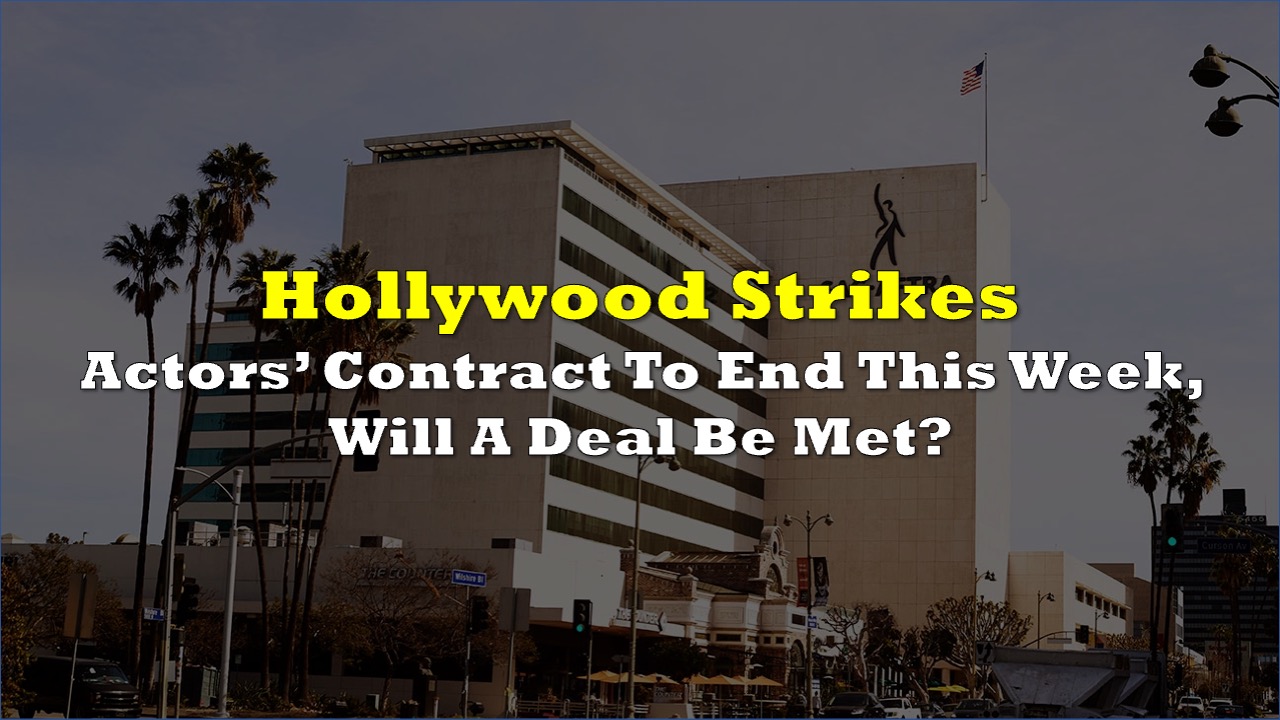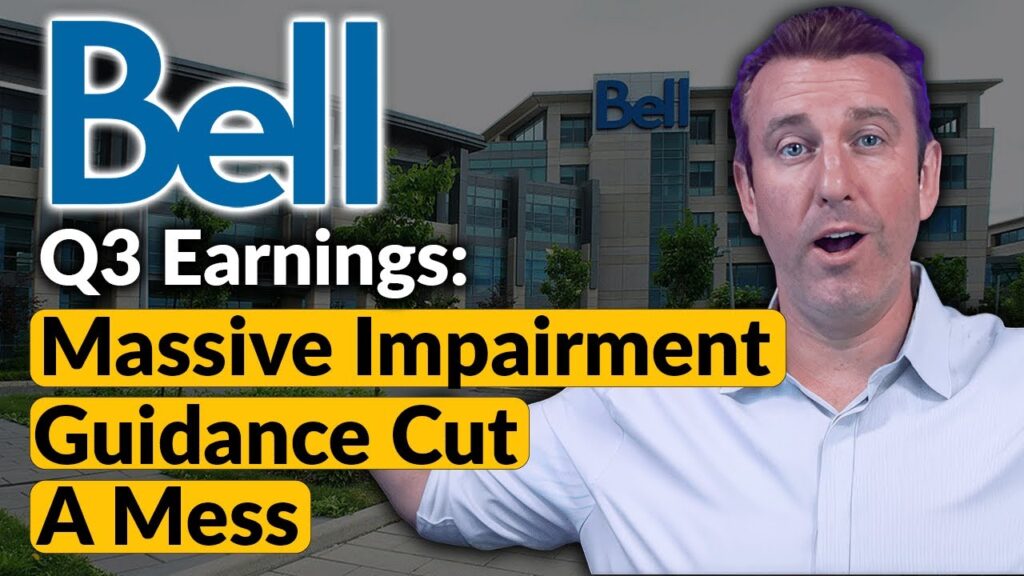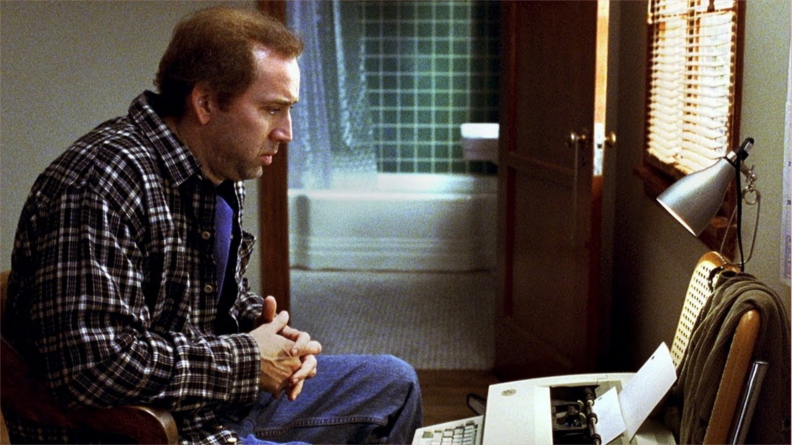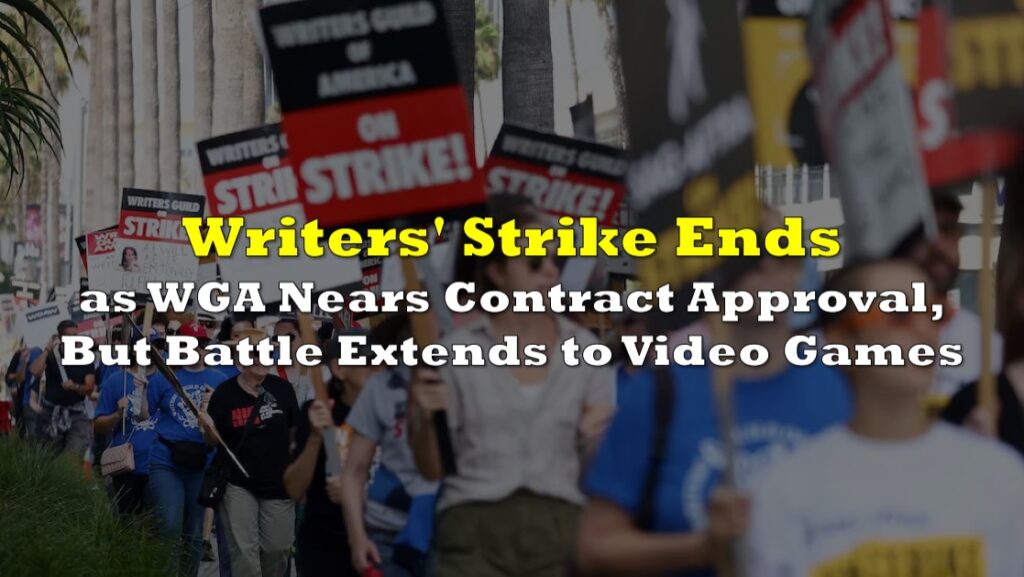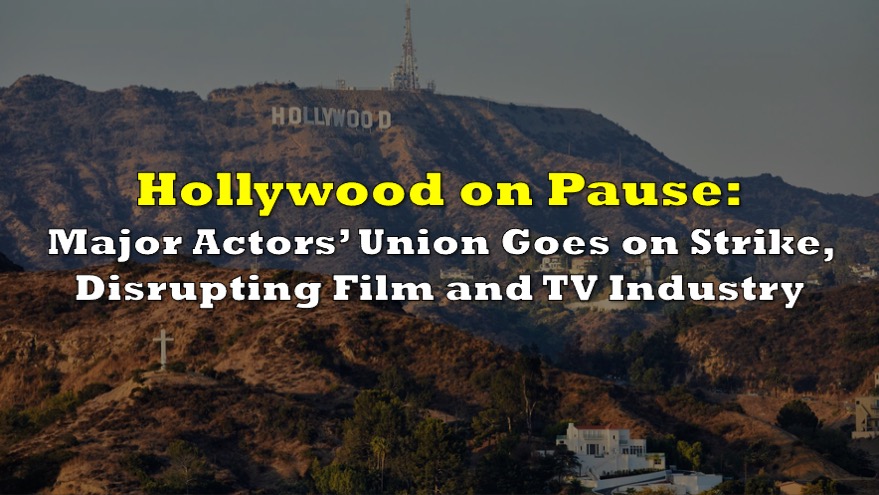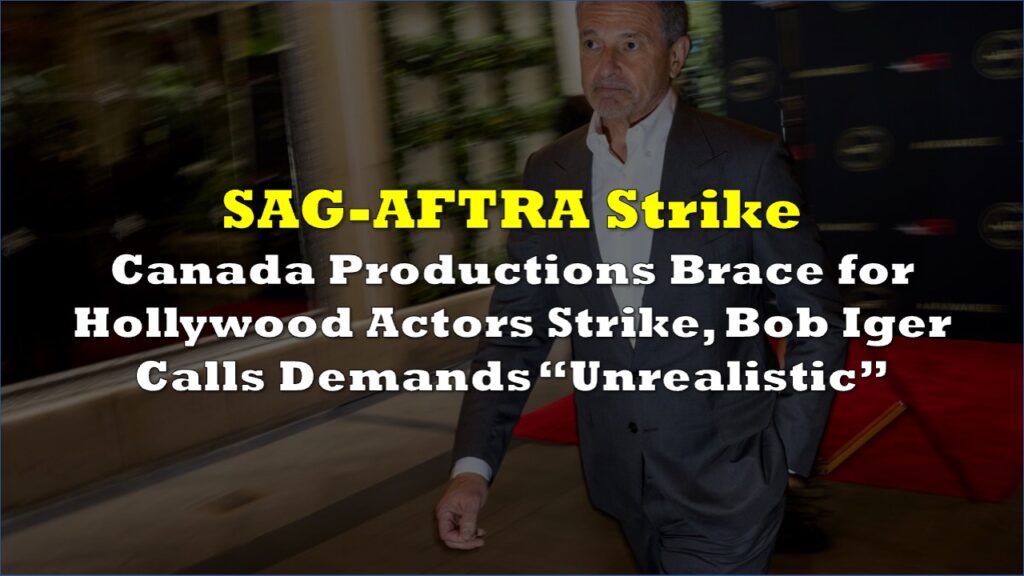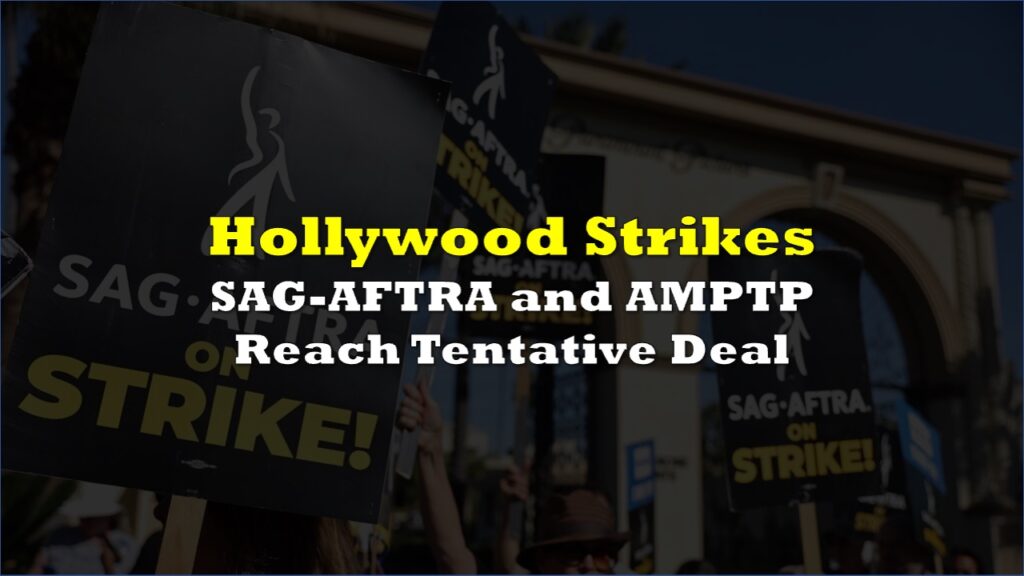As Netflix works to pay its top executives close to $80 million, writers and actors struggle to make the minimum required income to keep their health insurance.
The Screen Actors Guild – American Federation of Television and Radio Artists (SAG-AFTRA), the labor union representing about 160,000 actors, broadcasters, and media personalities has been in talks with the Alliance of Motion Picture and Television Producers (AMPTP) since June 7.
SAG-AFTRA’s contract expires on June 30, and the guild’s members have already voted to authorize a strike if a deal isn’t met before then.
In a powerful show of solidarity, SAG-AFTRA members have voted 97.91% in favor of a strike authorization ahead of negotiations of the TV/Theatrical Contracts, with nearly 65,000 members casting ballots for a voting percentage of 47.69% of eligible voters. https://t.co/sJiswszU1T
— SAG-AFTRA (@sagaftra) June 6, 2023
The last time actors went on strike was over two decades ago, in 2000, when they negotiated their commercial contracts, and then in 1980 over residuals from home media and pay television.
An actors’ strike could spell disaster for the industry. Even though the Directors Guild of America already signed a deal with AMTP last week, the Writers Guild of America (WGA) strike still rages on, almost two months in, with no end yet in sight with no talks between the parties scheduled.
Much like the 1980 actors’ strike, the three guilds’ lists of demands reflect the changing times — they want their piece of the streaming pie and they have concerns about AI. For the actors specifically, apart from higher wages to meet inflation, they are seeking increased residuals from streaming, protections from the use of AI, as well as improvements to members’ health and pension plans.
NEW: Actors could join writers on strike July 1 and shut down Hollywood.
— More Perfect Union (@MorePerfectUS) June 23, 2023
Streaming has broken the industry. Successful actors are working second jobs. Some received $0 in residuals from Netflix shows with millions of viewers.
So 98% of @SAGAFTRA voted to authorize a strike. pic.twitter.com/ov9WXCRLrf
The 1980 strike lasted from July through October when the two parties agreed on a compromise that guaranteed pay increases and profit sharing from home media releases but at a rate lower than what the union originally asked for. The new contracts also came with a list of other guarantees, including additional benefits to healthcare, pension, and overtime plans.
SAG-AFTRA and AMPTP agreed to a media blackout during negotiations. But as the deadline looms, SAG-AFTRA President Fran Drescher and Chief Negotiator Duncan Crabtree-Ireland updated over the weekend that talks were going well but offered no details.
“We are having an extremely productive negotiations that are laser-focused on all of the crucial issues you told us are most important to you,” Drescher said, indicating that a second Hollywood strike could be averted.
While an actors’ strike may be avoided, SAG-AFTRA has expressed its full support for the writers guild, even joining them in the picket lines to continue to put pressure on AMPTP.
"United, together, we will secure an outcome that supports the working people and the human – yes, I said 'human' artistry – that fuels this industry."
— SAG-AFTRA (@sagaftra) June 23, 2023
SAG-AFTRA NED & Chief Negotiator @DuncanCI expresses our #SAGAFTRAstrong solidarity at the #WGAstrong rally in LA. pic.twitter.com/ti5fD38naw
Information for this story was found via The New York Times, Fortune, LA Times, Twitter, and the sources and companies mentioned. The author has no securities or affiliations related to the organizations discussed. Not a recommendation to buy or sell. Always do additional research and consult a professional before purchasing a security. The author holds no licenses.

